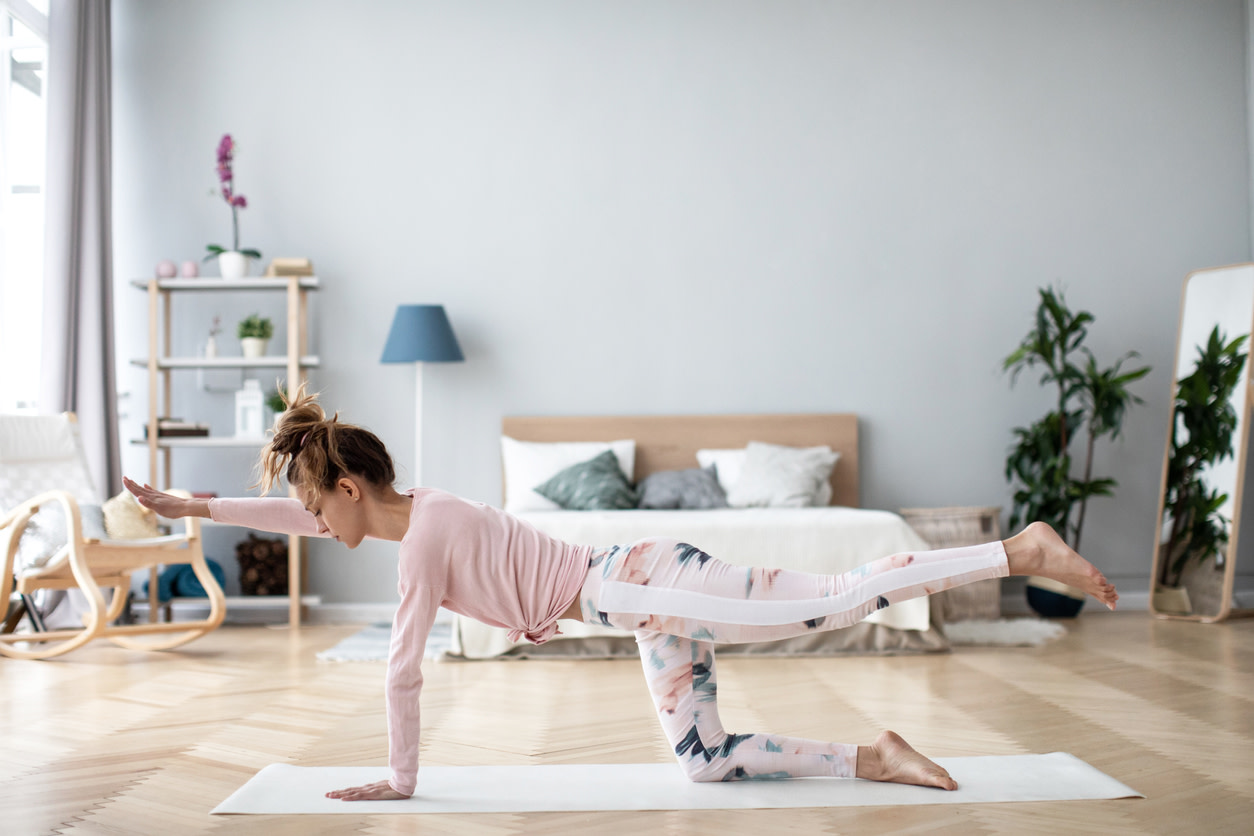12 Back Strengthening Exercises Physical Therapists Swear By
If you’re dealing with back pain, targeted back strengthening exercises can help you feel better so you can do all the activities you enjoy.
$0 costo para usted
Fecha de Publicación: Sep 11, 2024
El índice
Fully covered back pain relief
Find relief from lower back pain, a thrown out back, sciatica, & more.
Check if I'm eligible